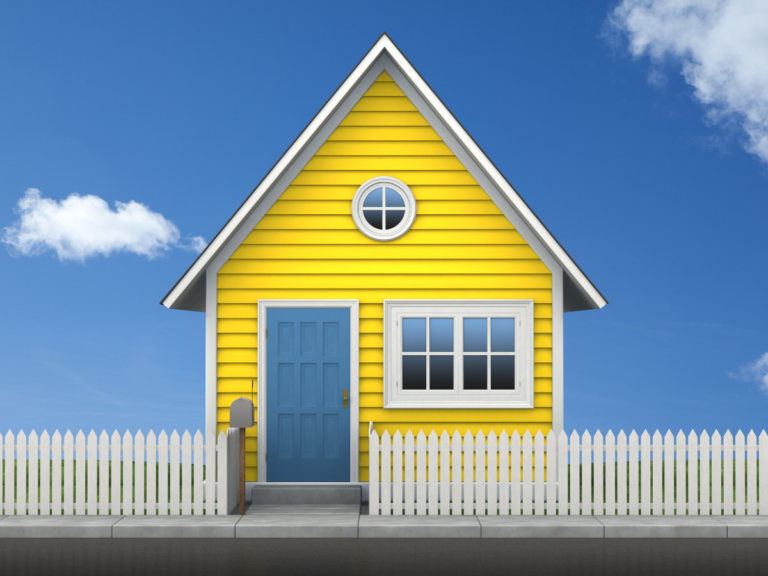Big Homes vs. Tiny Homes: Choose Your Perfect Abode
When it comes to choosing a place to call home, the debate between big homes and tiny homes rages on. Each has its own unique appeal, catering to different lifestyles, priorities, and philosophies. Let’s dive into the pros and cons of each, helping you navigate this important decision.
What Are The Pros and Cons of Big Homes and Tiny Homes?
Big Homes: Living Large
Pros:
- Space Galore: Big homes offer ample space to spread out and indulge in luxurious living. You can have separate rooms for various activities, from entertainment to hobbies, without feeling cramped.
- Entertainment Central: Hosting gatherings becomes a breeze in a big home. Whether it’s a family reunion or a dinner party with friends, you’ll have plenty of room to accommodate everyone comfortably.
- Storage Heaven: With more square footage comes more storage options. Say goodbye to cluttered closets and hello to organized living. You can even dedicate entire rooms to storage if you so desire.
- Room to Grow: Big homes are ideal for growing families. There’s space for children to play, study, and grow without feeling like they’re living on top of each other. Plus, you can easily adapt the space as your family’s needs evolve.
Cons:
- Maintenance Mayhem: With great size comes great responsibility… for maintenance. Cleaning, repairs, and upkeep can quickly become overwhelming in a big home. You’ll spend more time and money ensuring everything stays in tip-top shape.
- High Costs: From purchase price to utilities, big homes come with big expenses. Heating and cooling such vast spaces can drive up your energy bills, not to mention property taxes and insurance premiums.
- Environmental Impact: The ecological footprint of a big home is substantial. More resources are required for construction and maintenance, contributing to environmental degradation.
- Empty Spaces: It’s easy for big homes to feel empty and impersonal, especially if you don’t fill them with meaningful furnishings and décor. That spacious living room might look impressive, but if it’s rarely used, it can feel like wasted space.
Tiny Homes: Downsizing Dreams
Pros:
- Simplicity and Efficiency: Tiny homes embrace minimalist living, encouraging you to prioritize what truly matters. With less space to fill, you’ll spend less time and money on unnecessary possessions and upkeep.
- Financial Freedom: Tiny homes come with tiny price tags, making homeownership more attainable for many. Lower mortgage payments, reduced utility bills, and minimal maintenance costs can free up funds for other pursuits.
- Environmental Friendliness: Tiny homes leave a smaller ecological footprint, requiring fewer materials to build and less energy to maintain. They promote sustainable living practices and encourage greater awareness of resource consumption.
- Mobility and Flexibility: Many tiny homes are built on wheels, offering the freedom to travel and explore without leaving your home behind. Whether you’re a digital nomad or simply crave adventure, tiny living can facilitate a more mobile lifestyle.
Cons:
- Space Constraints: Living in a tiny home requires careful organization and creative solutions to make the most of limited space. It’s not conducive to hoarding or accumulating unnecessary possessions.
- Limited Hosting Capacity: While cozy for everyday living, tiny homes can feel cramped when entertaining guests. Hosting large gatherings may require creative solutions or alternative venues.
- Zoning and Legal Challenges: Depending on local regulations, finding a place to park or build your tiny home can be challenging. Zoning laws may restrict where tiny homes can be situated, limiting your options.
- Privacy Concerns: Sharing close quarters with others, whether family members or roommates, can test your boundaries and patience. It’s essential to establish clear communication and boundaries to maintain harmony in tight spaces.
Finding Your Perfect Abode
In the end, the choice between big homes and tiny homes boils down to personal preferences, priorities, and lifestyle goals. Some crave the grandeur and comfort of a spacious abode, while others find fulfillment in the simplicity and freedom of tiny living.
Consider your values, financial situation, and long-term aspirations when weighing the pros and cons of each option. Remember that there’s no one-size-fits-all solution; what matters most is finding a home that aligns with your needs and brings you joy.
Whether you’re dreaming of a sprawling estate or a cozy cabin on wheels, embrace the journey of finding your perfect fit in the vast landscape of housing options. After all, home is where the heart is, regardless of its size.




